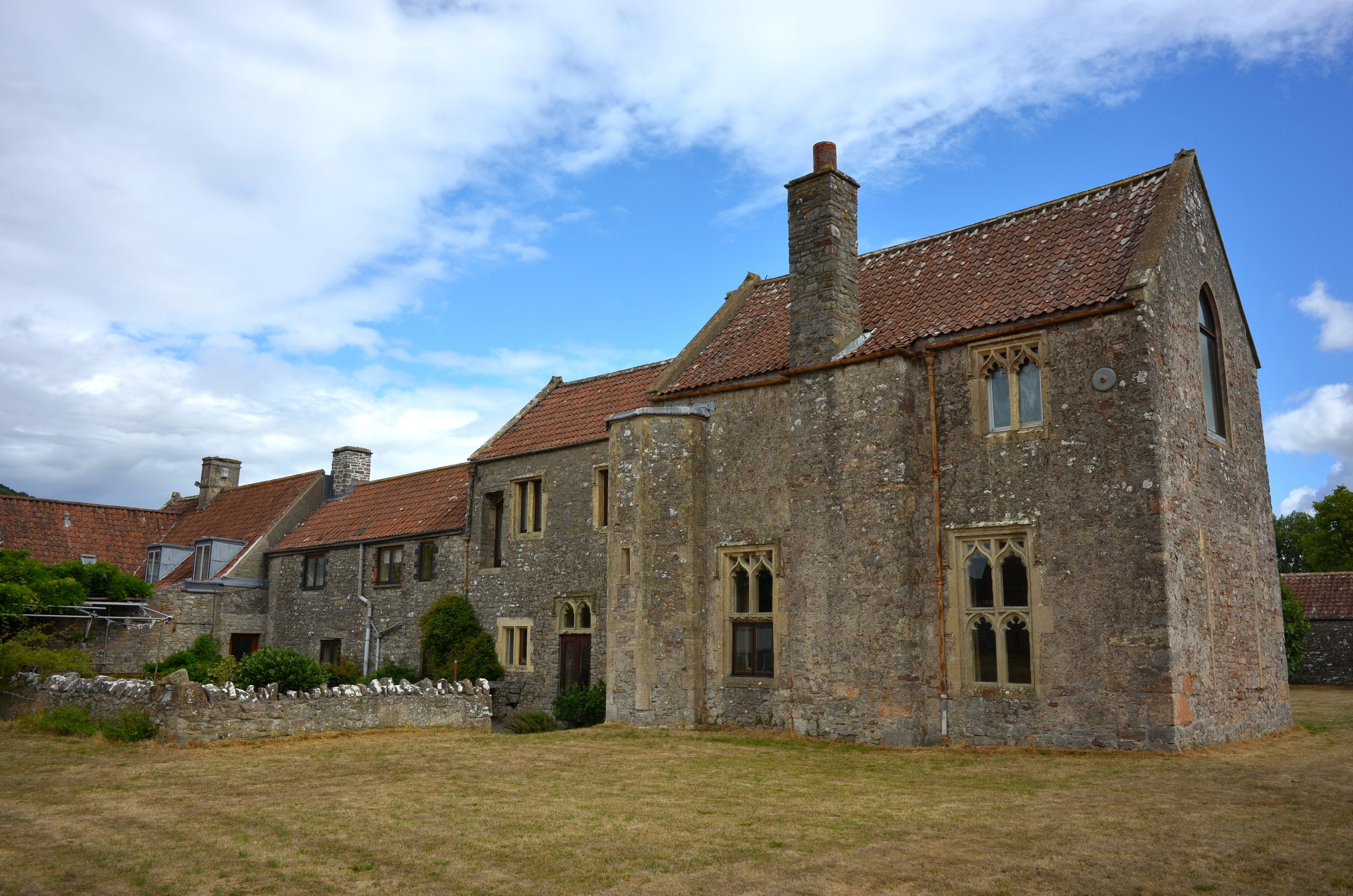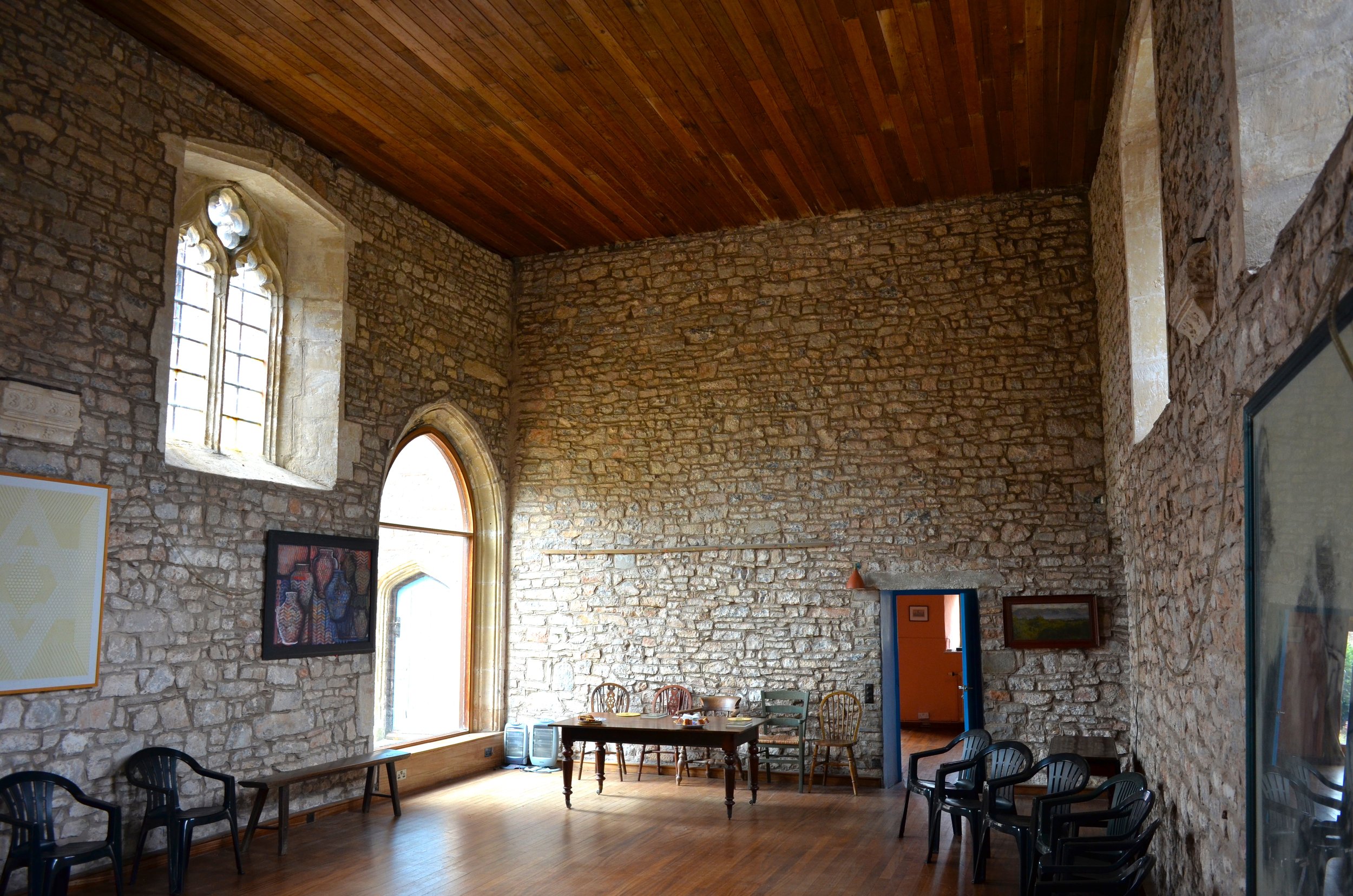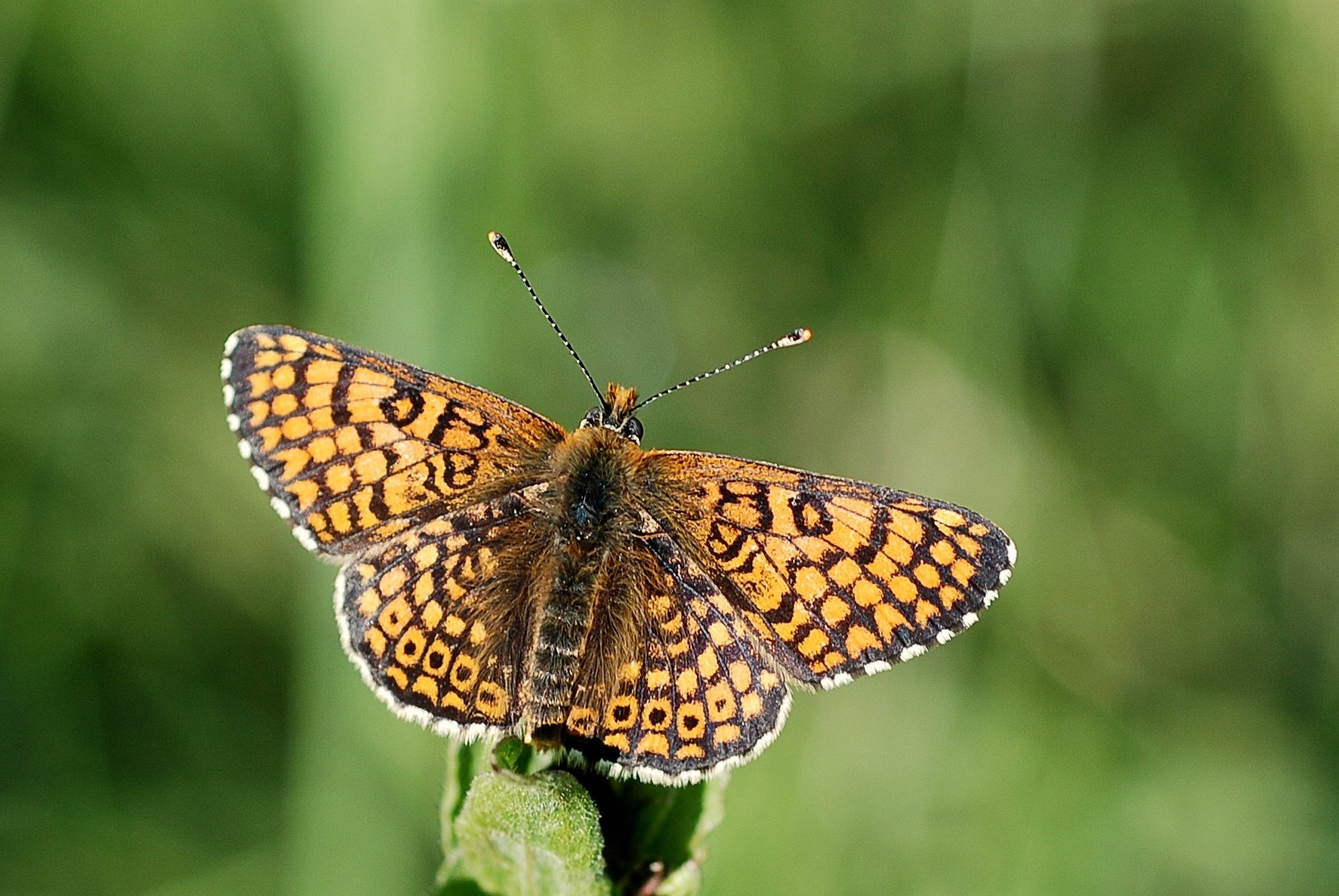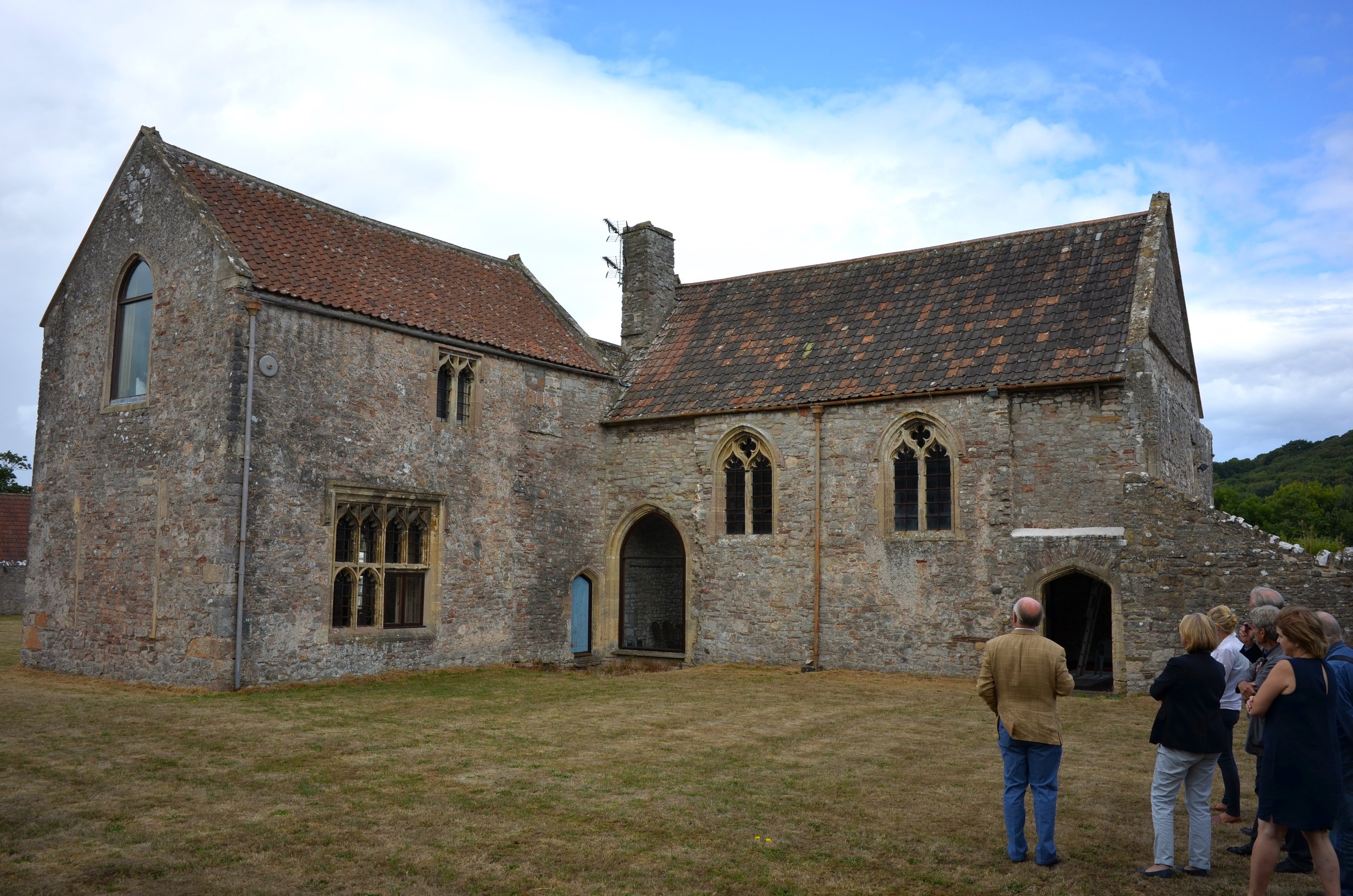Tickenham Court, Somerset
Hidden History of Science
One of the delights of Britain is that our long history has allowed the survival of charming little pockets of the past in out-of-the-way places. The Historic Houses Foundation has sought out Tickenham Court in Somerset - just the sort of place you would never expect to find hidden from the rush of the 2st century.
Tickenham Court and the history of entomology
The T-shaped farmhouse at Tickenham Court sits on a knoll in the water meadows of North Somerset and was originally home to a cadet branch of the Berkeley family of Berkeley Castle. Around 1400, the Berkeleys built a modest hall house and then, a century later, added a solar wing to give the family a comfortable parlour. Both wings are pretty well unchanged; a rare survival of a late medieval house for the aspiring country gentry.
By the 1650s, Tickenham Court belonged to a successful officer of the Parliamentary army in the Civil War, William Goodricke. He left his lands in Somerset to his eldest daughter, Eleanor, who turned out to be a remarkable woman and has given Tickenham a firm place in British scientific history. Eleanor married the portrait painter Edmund Ashfield in 1676 and they had three children before his death around 1690. She then contracted a marriage with an abusive Lincolnshire farmer, Richard Glanville. They stayed together long enough to produce two more children but by 1698, the couple were estranged. Meanwhile, Eleanor had become fascinated by the natural world and, in particular, by butterflies.
This was not a usual occupation for a 17th century woman. In fact, it was somewhat risky, since the butterfly’s lifecycle gave it an association with transformation which in turn could be associated by the superstitious with witchcraft. Eleanor may have been wise to be cautious; there were sporadic witch trials in Somerset throughout the 17th century. Eleanor began not just to study butterflies but to correspond with other natural philosophers with similar interests. Her chief correspondent was London pharmacist, James Petiver, regarded as the ‘Father of Entomology’ and the man who gave us the common names of many of our native butterflies: Brimstone; Red Admiral; Fritillary. Eleanor’s name, like her house, lives on today in Glanville’s Fritillary, a butterfly of the grass meadows that is now rare but, feeding on the ribwort plantain, was probably far more common in the 1700s in the meadows around Tickenham Court.
Was Eleanor Glanville’s contribution to science valued?
Eleanor died at Tickenham in 1709. In a dispute over her will, her son Forest “attempted to let it aside by Acts of Lunacy, for they suggested that none but those who were deprived of their senses, would go in Pursuit of butterflies” (quoted by Moses Harris in 1776). In other words, Eleanor’s interest in butterflies was presented as proof of madness. In fact, her study and the specimens she sent to Petiver formed part of his published work on British insects, the first of its kind, and were also included in the specimen collection he sold to Hans Sloane which later became part of the British Museum collection. Tickenham Court meanwhile was sold out of the family and entered a long period of seclusion.
Back to the early days
The Historic Houses Foundation’s grant will allow the repair of the Great Hall roof structure and removal of the modern ceiling allowing visitors to see the full extent of the room as first intended. These repairs to the little altered medieval house will help preserve a rare British architectural treasure as well as its link with the history of science and the butterfly, Glanville’s Fritillary.





